AirBurr is a small, ultra-lightweight aerial robot developed to demonstrate the potential of minimalistic, biomimetic flying technology. Created by the Wyss Institute at Harvard University, this drone utilizes a simple yet effective design inspired by the flight mechanics of insects. AirBurr is capable of agile, acrobatic movements, including flips and sharp turns, thanks to its small form factor and efficient control system. Its real-time collision avoidance and autonomous navigation systems make it suitable for a variety of research applications, particularly in environments where traditional drones may struggle. AirBurr showcases how even simple robotic systems can achieve complex behaviors in dynamic conditions.
AirBurr was developed by the Wyss Institute for Biologically Inspired Engineering at Harvard University, a leading research center that focuses on creating innovative solutions inspired by nature. The development of AirBurr was led by a team of engineers and roboticists who sought to explore the potential of agile, insect-inspired robots for advanced aerial maneuvers.
- Manufacturer: Harvard University Wyss Institute for Biologically Inspired Engineering
- Year of Development: 2015
- Industry: Robotics and Aerial Drones
- Dimensions:
- Diameter: 0.3 m (12 inches)
- Weight: 0.5 kg (1.1 lbs)
- Power Source:
- Rechargeable lithium-polymer battery
- Flight time: Approximately 10-15 minutes per charge
- Sensors:
- Inertial measurement unit (IMU) for flight stabilization
- Micro-sensors for collision detection
- Ultrasonic and optical sensors for environment mapping
- Mobility:
- Agile, autonomous flight with the ability to make sharp turns
- Capable of performing flips, hovering, and precise maneuvers
- Control System:
- Autonomous control system powered by advanced algorithms
- Real-time stabilization and balancing using a minimalistic set of motors
- Flight Capability:
- Maximum speed: 4 m/s (13 km/h or 8 mph)
- Altitude range: 0-50 meters (0-164 feet)
Features
- Agile and Dynamic Flight: Designed for high agility, capable of performing flips and sharp turns in mid-air.
- Lightweight Design: Compact and extremely lightweight, optimized for aerial maneuvers in confined spaces.
- Autonomous Navigation: Utilizes advanced flight algorithms for stable, autonomous operation without the need for manual control.
- Collision Avoidance: Equipped with collision sensors to avoid obstacles in real-time, making it ideal for dynamic environments.
- Research Focused: Ideal for research applications, demonstrating how minimalistic aerial robots can function and maneuver in complex environments.
- Biomimicry Inspiration: Modeled after the flight mechanics of insects, AirBurr’s unique design allows it to adapt to various aerial tasks.



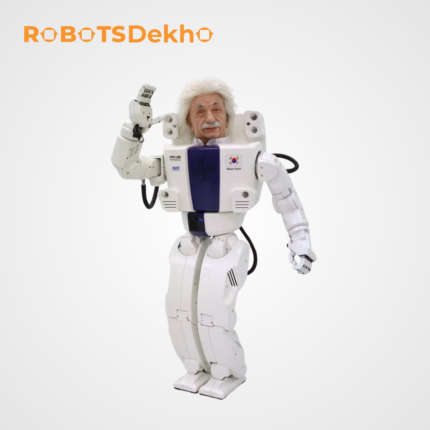
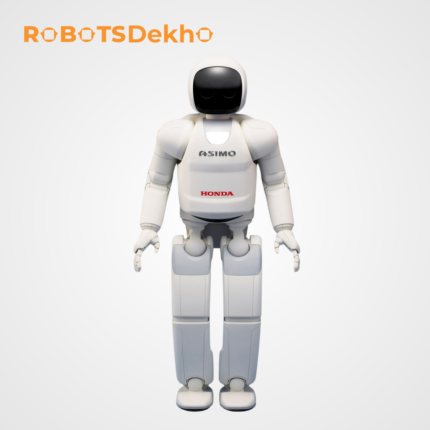
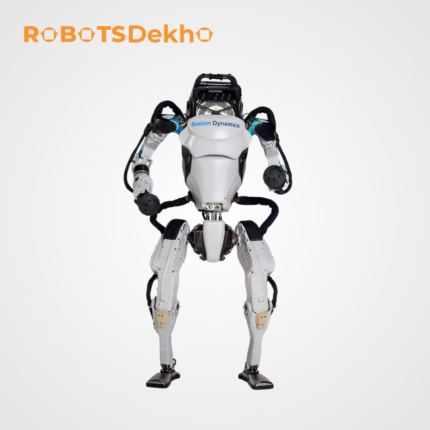
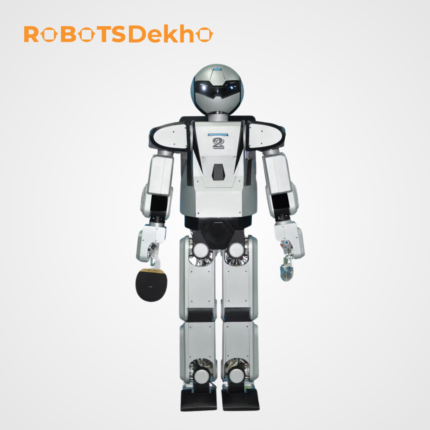
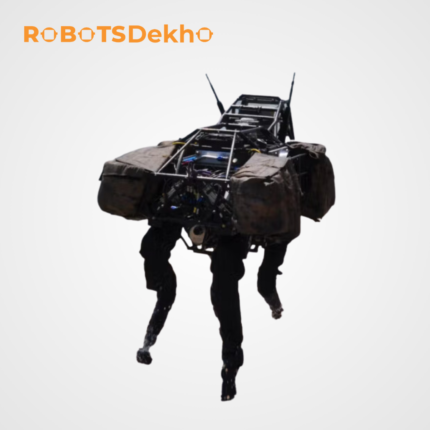
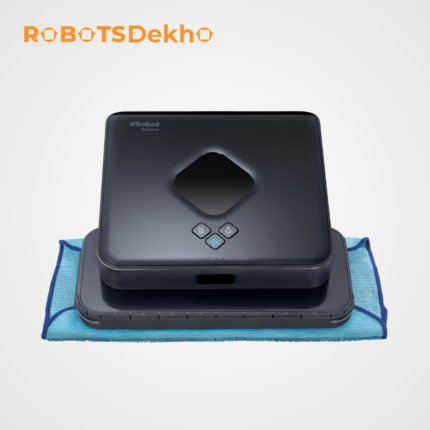
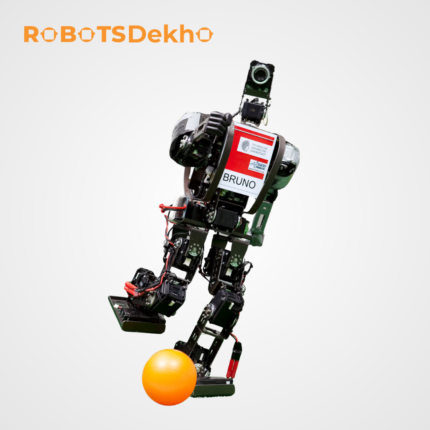
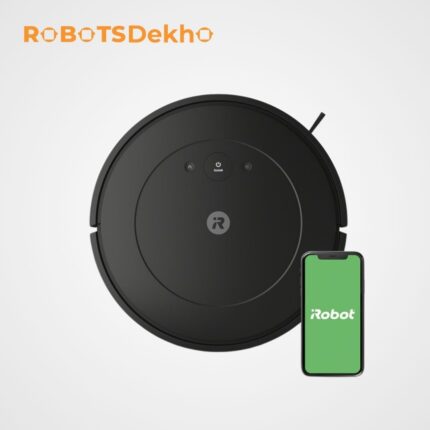
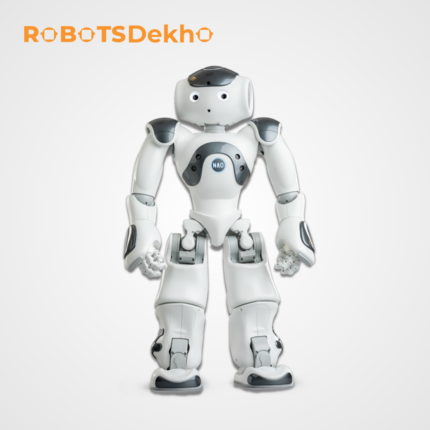
Reviews
There are no reviews yet.